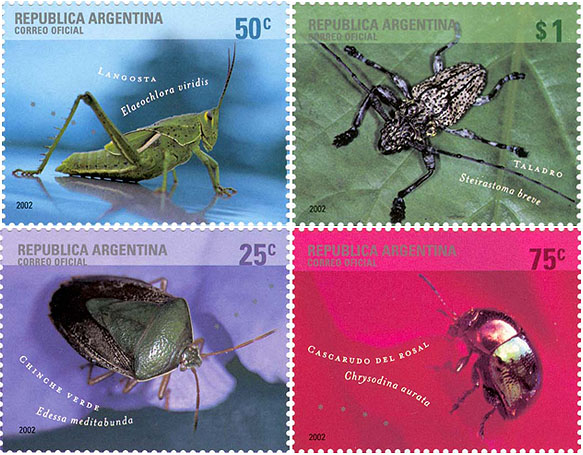I am a retired (Emeritus) scientist with Environment Canada with over 30 years' experience in pesticide evaluation, risk assessment and ecological research. For approximately half of that time, I was the lead regulatory assessor for the risk of pesticides to wildlife in Canada. I have a special interest in the neonicotinoids in that they were of increasing concern to me when I retired less than one year ago. I continue to be involved in pesticide research and assessment as a consultant and have just finished a review of the neonicotinoids from the point of view of their impact on birds.This particular work was commissioned by the American Bird Conservancy. The specific point I wish to make concerns the exchange you were having with the representative of Bayer Crop Science during your 30 January session. Specifically, my comment is about the UK study showing a continuing increase in soil residues, which study Bayer dismissed as irrelevant because it involved a field where straw was reincorporated every year. Bayer's position was that, because straw is a valuable commodity, that study did not follow good agricultural practice and should not be considered. I respectfully submit that your committee missed an opportunity to address the fundamental insight provided by that study, whether or not the study followed usual agricultural practice and whether the price of straw does or does not make this scenario likely in the UK. The issue is that of systemic pesticides more generally. In my opinion, the real question that should have been asked is the following: What are some of the other agricultural conditions where plant material is reincorporated into the soil after taking up neonicotinoid insecticides? Are there other crops with neonicotinoid uses where this happens?
I believe oilseed rape might be one of those cases. The plants are dessicated prior to harvest and broken up on the fields when these are harvested. It may be a similar situation with potatoes. Rotational green manuring of fields and companion planting are other situations where it is likely that plant-bound residues will be reincorporated in the soil horizon.
Bayer's other point was that presence per se does not necessarily denote an impact. I agree with this point. However, it is my opinion that one of the problems with long persistence in soil is the increased probability of runoff. The neonicotinoids are extremely water-soluble and prone to move from from fields to nearby waterbodies following rain events. We are seeing this with the seed treatment products in Canada. As a group, all neonicotinoids are extremely toxic to the aquatic larvae of several key insect groups although they are not very toxic to some of the usual crustacean species tested for regulatory purposes. There is also evidence that pulses of neonicotinoids in water (most of the information here is with imidacloprid) have an equivalent killing power to that of steady concentrations because of peculiarities of this class of chemicals (their irreversible receptor-based mode of action). When you put it all together, you logically arrive at the conclusion that having the compounds persist for as long as they do in and on the soil surface merely increases the likelihood that they will be washed away into watercourses where they are likely to cause serious ecological disruptions. I do not want to underestimate the issue of potential harm to bees and other pollinators but I believe that the focus of your enquiry should be much broader and that this class of insecticides has much more impact on our natural environments than merely impact on pollinators.
Pierre Mineau
31 January 2013
Source: HC 668 Insects and Insecticides, Session 2012-13
http://www.publications.parliament.uk/pa/cm201213/cmselect/cmenvaud/wri…

- Log in to post comments
